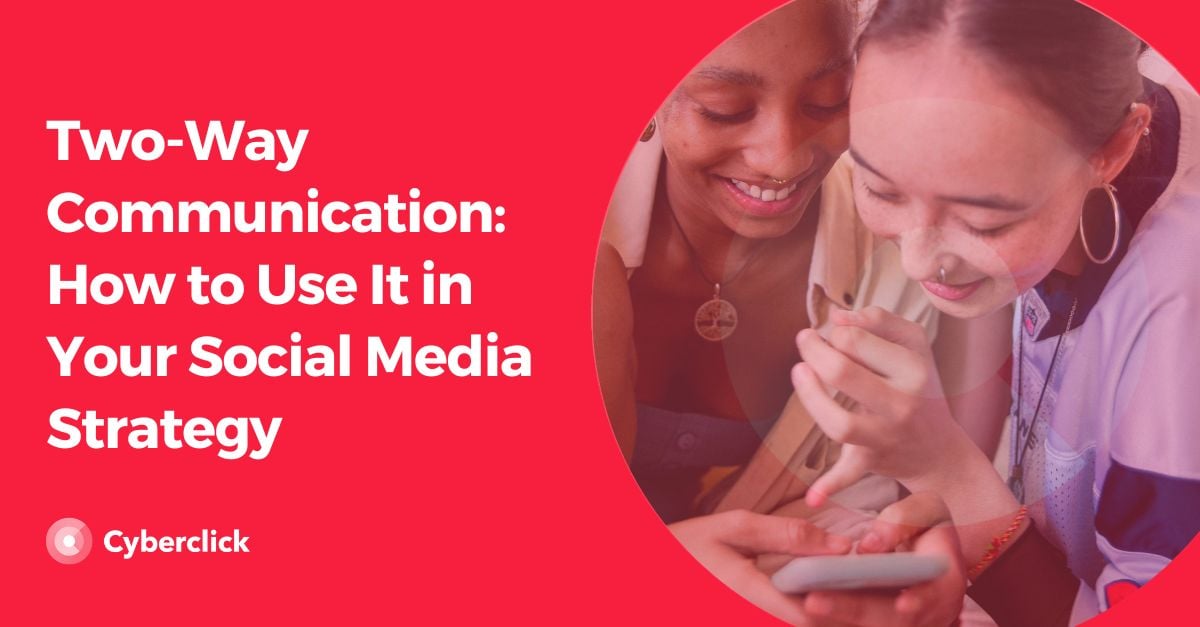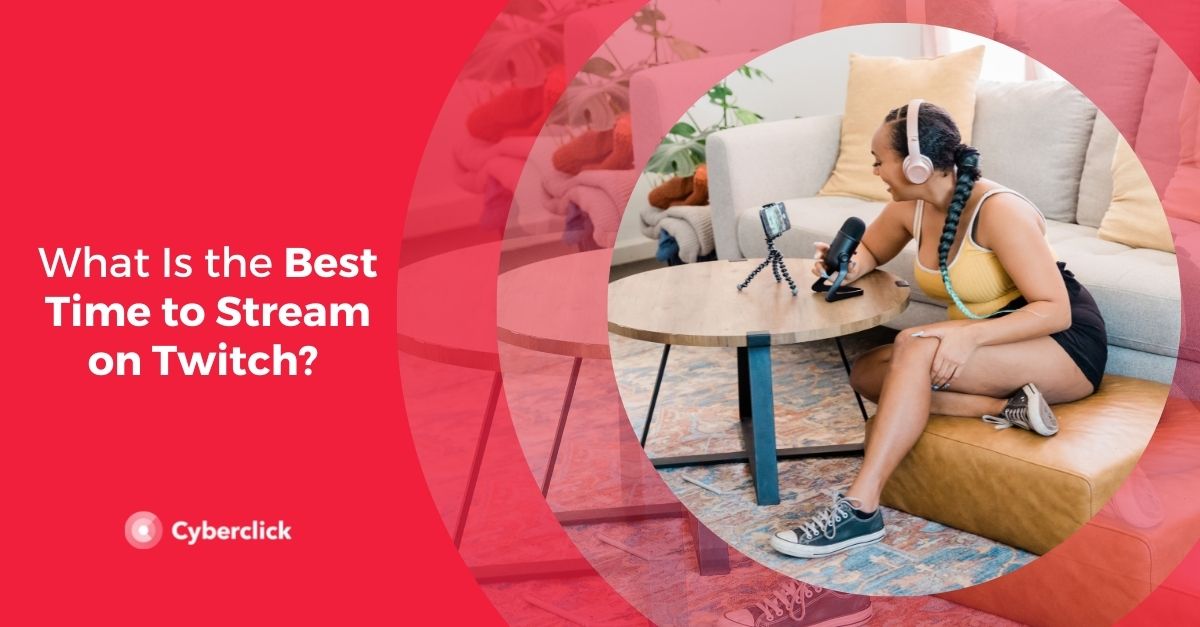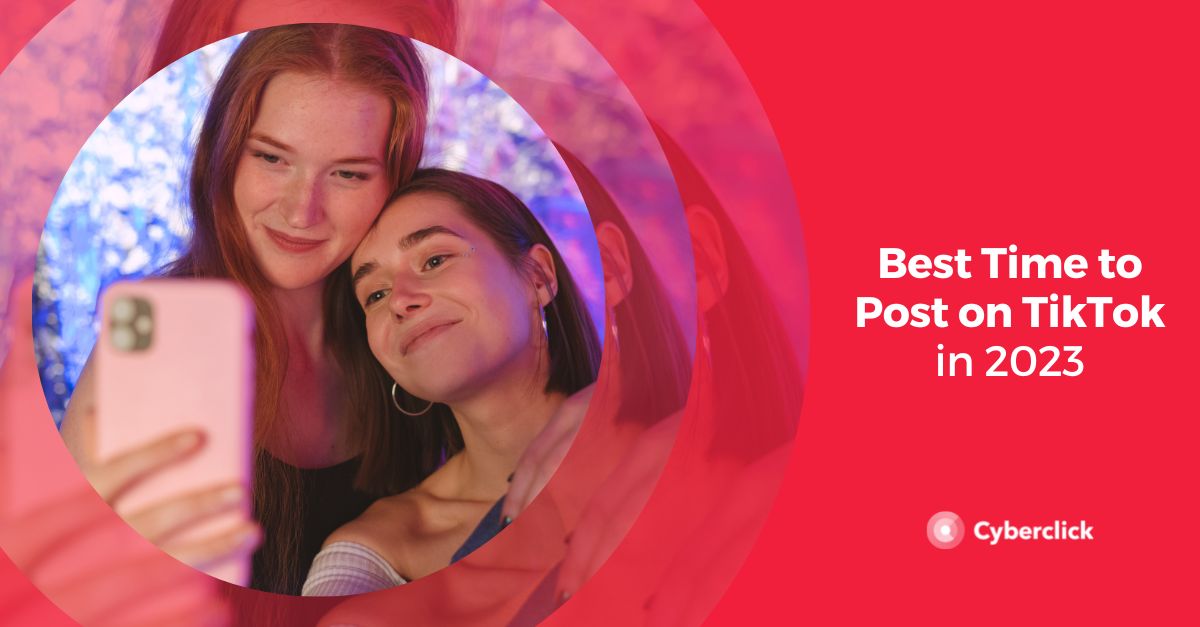Two-way communication happens when the recipient and the sender of a message exchange roles continuously. In marketing, this happens when a brand sends a message, the consumer responds to the message, the brand reacts to the consumer's response, and so on.
In traditional marketing, communication was one-way. The brand was the sender and the consumers were the recipients. But, with the rise of digital marketing, all this has changed. Humanizing your online presence, talking about current and relevant affairs in your industry, using humor and asking questions are great ways of getting the conversation flowing.
Thanks to things like social media, consumers are no longer passive recipients but can interact with brands. This is the era of two-way communication, and although that might present some amazing opportunities, it is not without its disadvantages. Let's take a look.


Advantages of Two-Way Communication
-
It fosters greater trust and transparency
Social networks have put brands within reach of consumers, so consumers expect to be able to interact with them. A company that refuses to engage in dialogue with its consumers can generate distrust.
-
It humanizes brands
Conversations on social networks tend to have a more relaxed, friendly tone than corporate communications. By conversing with customers, brands show the people behind them. In the end, all of this positively influences brand perception and purchasing decisions.
-
It helps you to get to know consumers better
You can ask your followers questions and get their answers. This can be a very easy way to obtain valuable information. By doing this you can get a better understanding of the opinions, concerns, and suggestions of your customers and apply all this data to improve your products and customer service.
-
It makes consumers feel more valued
Traditional advertising and information saturation can make people feel like numbers. If a company makes an effort to reach out, learn their opinion, and make changes based on it, users will feel included and will therefore trust the brand more.
-
It allows you to join the conversation
It makes the brand relevant to current affairs, incorporating your point of view on the issues of the moment.
-
It makes it possible to detect and prevent reputational crises.
Half of two-way communication is listening. If you listen to your customers, you can quickly detect potential dissatisfaction and resolve it before the problem escalates.
-
It improves results.
By having continuous feedback from customers, a brand can adapt its strategies to provide them with the maximum value and this consequently translates into sales.
Disadvantages of Two-Way Communication
Undoubtedly, two-way communication is an asset, but that does not mean that it does not have any drawbacks. Before implementing your two-way communication strategy, take these aspects into account.
-
It requires being available and willing to attend to the conversation
In some cases, users expect brands to respond to them 24 hours a day, 7 days a week. If that is not your case, you need to make your availability very clear.
-
It implies a commitment to the audience
You have to be willing to give consistent, transparent answers that fit with your corporate values.
-
It brings with it the risk of attracting negative comments
It is possible that an inappropriate response could generate a reputation crisis.
Before you start interacting on social media, you need to work out a communication strategy that is aligned with your marketing objectives and covers different possible scenarios. For example, how to react to criticism or complaints.
How to Generate Two-Way Communication on Social Networks
Social networks are the ideal channel for two-way communication since they encourage conversations. The first step to generating this type of communication is to decide which networks your brand will be on.
A company page on LinkedIn is not the same as a Twitter account. Each network has a different audience profile and tone of communication. Therefore, you will have to study who your buyer persona is and where they spend time online in order to use the appropriate tone and communication strategy.
Once you have created your company profiles on social media, here are some ways you can generate interaction.
-
Humanize your online presence. A corporate logo and publications that look like press releases are not the best way to establish two-way communication. Therefore, try to speak in the first person, put a face to the people behind your account, and adopt a friendly tone.
-
Welcome your new followers. This is a very simple practice, but it can help get your customer relationship off to a good start and show that your brand is there from the beginning. If the number of new followers is very high, an automated greeting can help, but the idea is to personalize the interaction as much as possible.
-
Talk about current affairs in your industry. Commenting on current affairs and viral news is always popular on the social network, so why not join the conversation? Try to relate your comments to your brand but don't force it or it will look unnatural.
-
Use humor. When talking to people on social networks, it is important to use a tone that is consistent with the channel you are using, while taking into account the personality of your brand. Humor is one of the most effective resources to go viral!
-
Ask questions. Imagine meeting a person at a party who only talks about themselves and doesn't ask anything about you. You wouldn't want to talk to them long, right? Well, it's exactly the same on social media. If you want to start conversations with your followers and learn more about them, ask them questions!
-
Take surveys. Polls are a more organized way to gather information about your followers' preferences. Most social networks include native polling tools, so users can give you feedback with just one click. In addition, surveys allow you to easily process data about your followers' opinions and use it to make decisions.
-
Respond to your followers. It is normal for your followers to make requests, suggestions, and even complaints. Responding to them is essential to show that you are listening. In addition, these interactions provide you with a lot of valuable information about your customers' concerns.
-
Measure results. In digital marketing, no action is complete without evaluating the results. Use social media analytics to see which posts have generated the most interaction and positive reactions and try to see what the patterns are. This way, you can refine your two-way communication to be more in touch with consumers.
Two-Way Communication Tools for Social Media
Hootsuite
Hootsuite is a social media management tool that offers a range of features for two-way communication. It lets you schedule and monitor social media posts, respond to comments and messages, and engage with your audience in real-time.
Hootsuite has a dashboard that provides a clear view of multiple social media platforms, thus making it easier to manage and engage with your audience across various channels. It also offers analytics tools that help you track the effectiveness of your communication strategies.
Buffer
Buffer is another popular social media management tool known for its simplicity and user-friendly interface. It allows you to schedule posts, engage with your followers, and analyze your social media performance. Buffer's "Reply" feature consolidates comments, mentions, and messages from different platforms into a single, easy-to-navigate inbox. This simplifies the process of responding to your audience and fosters two-way communication.
Sprout Social
Sprout Social is a social media management and engagement platform that offers tools for content scheduling, audience engagement, and analytics. It's "Smart Inbox" stores social media messages and interactions into one place, making it easier to respond promptly and maintain meaningful conversations with your audience. The tool also gives you valuable insights into your audience's behavior.
These are just a few examples of the many tools that can help you improve two-way communication and boost your social media strategy. Do some research and choose one that aligns well with your brand's goals and resources.
Graduado en Telecomunicaciones y Doctor en Fotónica por el Instituto de Ciencias Fotónicas. Cuenta con más de 5 años de experiencia trabajando con Google Ads y Google Analytics, gestionando estrategias de SEM y todo tipo de campañas a través del embudo, desde búsqueda hasta Youtube.
Graduated with a degree in telecommunications and holds a PhD in photonics from the Institute of Photonic Sciences. He has more than 5 years of experience working with Google Ads and Google Analytics, managing SEM, and all campaigns type across the funnel from search to Youtube.





Leave your comment and join the conversation